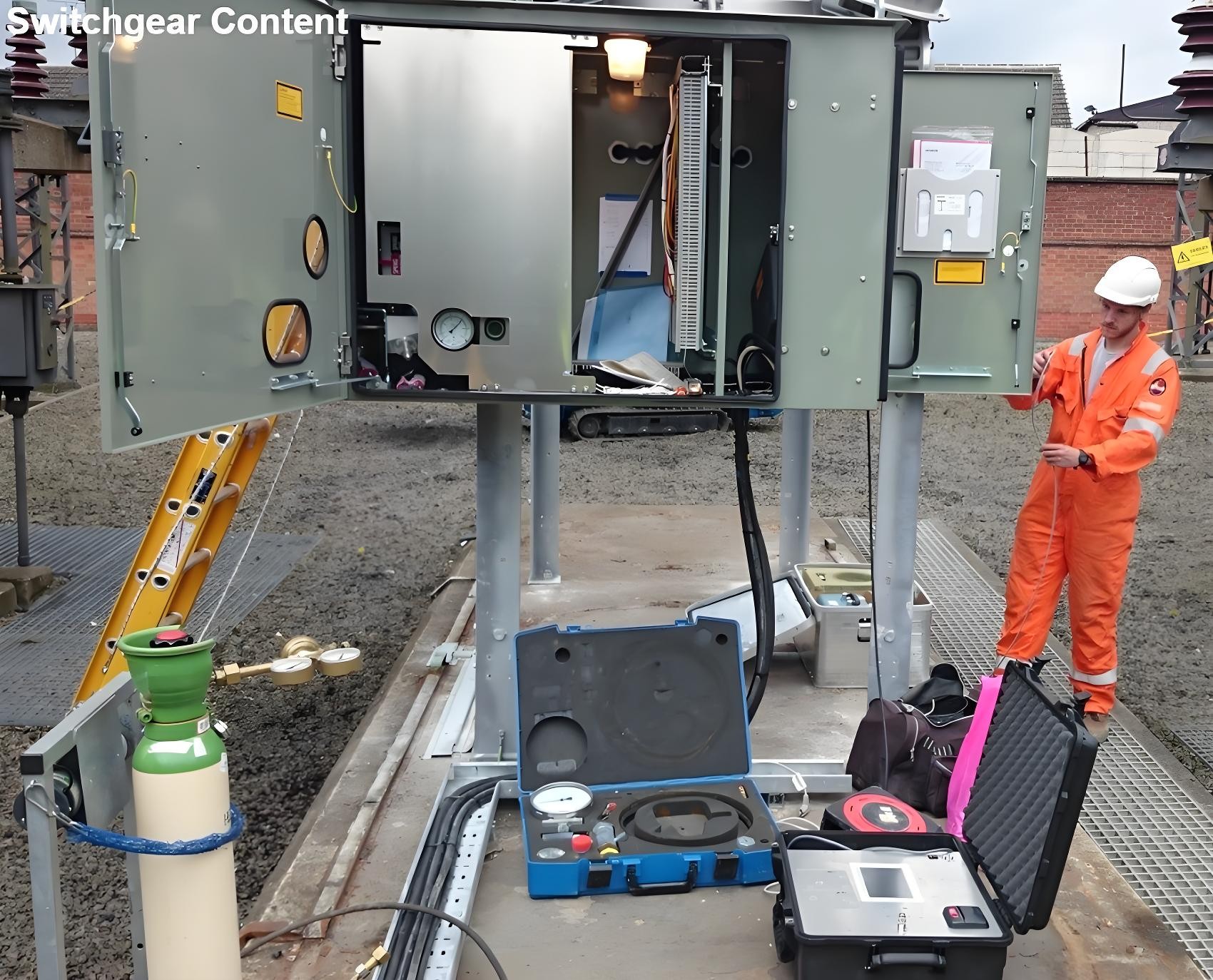SF6 gas analyze in switchgear purposes

Before Equipment Enters Service
To ensure the quality and condition of the gas in the equipment before it is put into service, measurements are typically taken for the SF6 percentage and humidity.
Additionally, it is necessary to determine the presence of SF6 decomposition products. Normally, the results should always be below the permitted levels for re - use.
During Equipment Service (Based on a Periodic Maintenance Regime)
Regularly, measurements are carried out for the SF6 percentage, decomposition products, and humidity. These tests can help identify potential issues such as:
Dielectric activities (Partial Discharge - PD, corona).
Nozzle wear.
Hot spots (indicating high contact resistance).
Non - standard switching conditions (resulting from heavy - duty switching operations).
Sealing problems (detected through humidity or air ingress).
Improper gas handling (manifested as humidity, air, or oil contamination).
After an Incident
In the event of a failure, gas testing can be part of the investigation process:
To identify the compartment where an internal flashover has occurred.
To assess the level of decomposition products.
To investigate abnormal behavior indicated by other factors, such as determining if the problem lies within a gas compartment.
To correlate the results obtained from other condition assessment techniques, like PD measurements.













